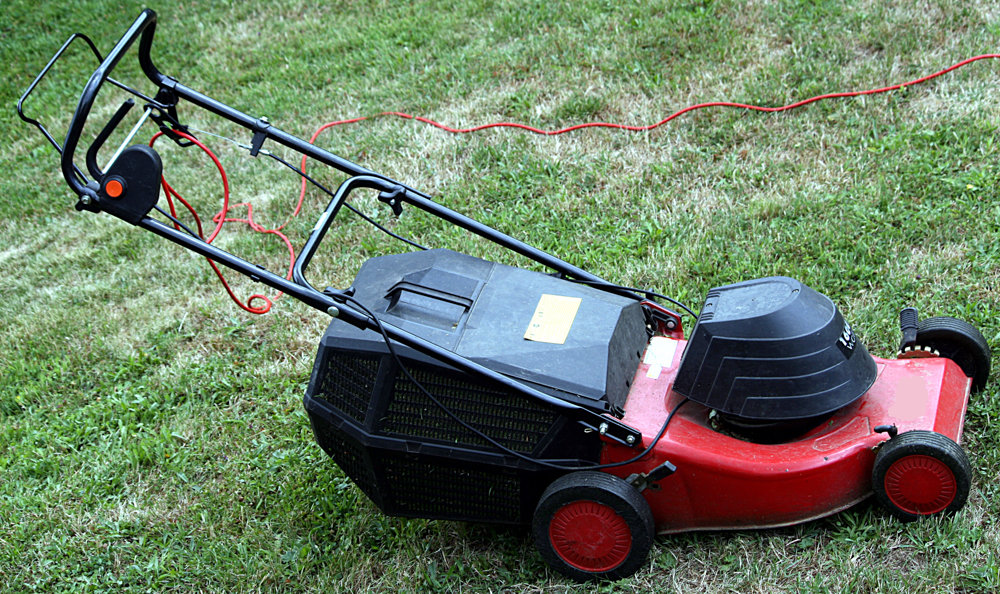Stop and smell more than just the roses — smell nature, too
Although the weather is still warm, the calendar plus the sudden increase in falling leaves is telling us that Summer 2018 is departing.
We all have our favorite summer floral scents, and strewn though my columns are some of mine — the white flowers of the black locust trees (Robinia psuedoacacia), the common privet (Ligustrum) as well as the evening-blooming Hosta plantaginea, which mark the mornings with a delicious trace of perfume.
Today I would like to introduce three distinctive scents from non-floral sources.
The earliest olfactory sign of the coming spring is the smell of ozone signaling a coming rain. It is well known there are scents only some people can perceive. Ozone, from the Greek verb ozein, “to smell,” is created by lightning zapping through the atmosphere converting our breathable oxygen into ozone — from two atoms oxygen to three) which is highly damaging to organic and many non-organic materials.
Ozone sensitives can detect very faint amounts of the gas, as low as 0.1 parts per million.
While thunderstorms can occur in cold weather, they are usually a warm-weather phenomenon. Thunderstorms imply lightning, since the boom of thunder is the result of lightning’s passage through the air, first heating it rapidly followed by rapid cooling.
With the advent of warmer weather, the surface of the Earth heats up. This, in turn, heats the overlying air. The warm air rises, carrying water vapor with it. This water vapor cools into liquid water as it rises releasing heat.
The released heat further warms the air, creating buoyant clouds. Hailstones and ice particles form when the moisture becomes colder than the surrounding air.
Due to collisions between ice particles and hailstones, (electric) charge differentials are created within the cloud. In addition, through the negative charge on the lower part of the cloud, a positive charge on the earth surface below is also created.
The lighter ice crystals carry a positive charge and rise to the top of the clouds. The heavier hailstones have a negative charge and are carried in the lower part of the cloud. This separation of charge becomes greater and greater, finally causing a lightning discharge which can occur either within a cloud, between two clouds, or between a cloud and the Earth below.
A remarkable science-fiction novel about interstellar commerce and linguistics by Suzette Haden Elgin, “Native Tongue,” discusses the development of new words to encapsulate new concepts. Today’s world is developing new words at a phenomenal rate, and in this context, I’ll introduce the word “petrichor.” This is the earthy smell familiar to us when it rains on dry soil.
This “new” word was coined in 1964 from the Greek words petra, meaning “stone,” and ichor. Ichor was the fluid circulating in the veins of the gods instead of blood. However, authors Bear and Thomas felt that ichor specifies a “tenuous essence derived from rock.”
The two important aspects of petrichor are its odor and its dispersion through aerosol creation. The odor results largely from compounds, one of which is called “geosmin,” that is secreted into the soil by actinobacteria, which decompose organic material for reuse. Our noses can detect minute quantities, as low as 5 parts per trillion.
Aerosols, occurring primarily from light and moderate rainfall, are formed when raindrops hit a porous surface containing these compounds, trapping tiny air bubbles. The bubbles then surge upward, effectively carrying these compounds along as the bubbles burst in the air. In addition to odors, aerosol action can spread bacteria and viruses found in the soil, some of which cause disease.
Finally, there is the wonderful smell of cut grass. Fortunately, grass must be cut regularly. It is so attractive that there are perfumes that evoke this scent, such as Lauren by Ralph Lauren and Beautiful by Estee Lauder.
However much we find the scent attractive, plants do not appreciate being damaged. The chemicals released are called green leaf volatiles, or GLVs, and they serve a protective purpose for the plants. The GLVs become gaseous upon release, and since the natural source of attack is insects, the GLVs act as a call for help.
In this case, the responders are parasitic wasps (remember my recent column) which then lay eggs in the offender insects. GLVs also activate other plant compounds, which help heal wounds and prevent infection.
All produce was once seasonal. That is no longer the case today, making the year too homogenized for my comfort.
These three scents will continue to mark the growing season for me in their own unique way!
Have a thought or comment for Sura Jeselsohn? Email her at greenscenesura@gmail.com.






